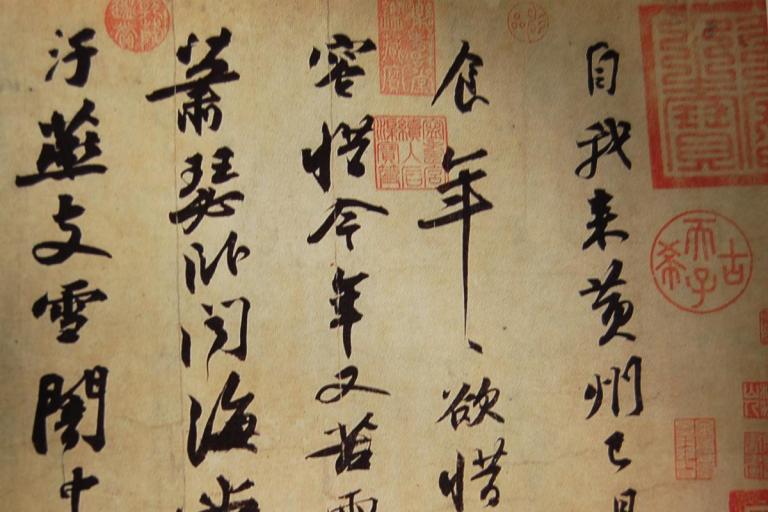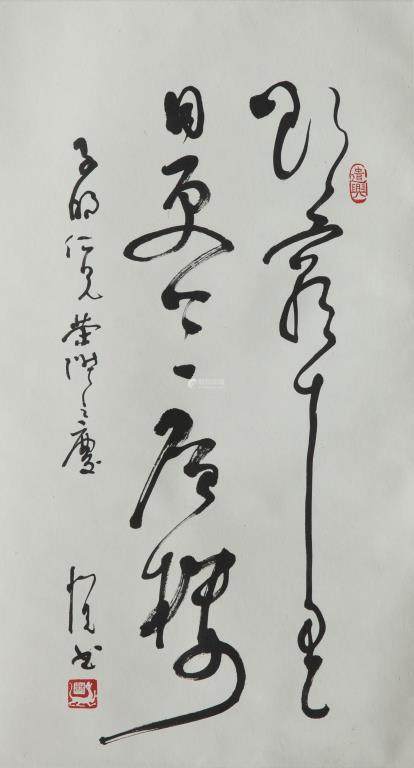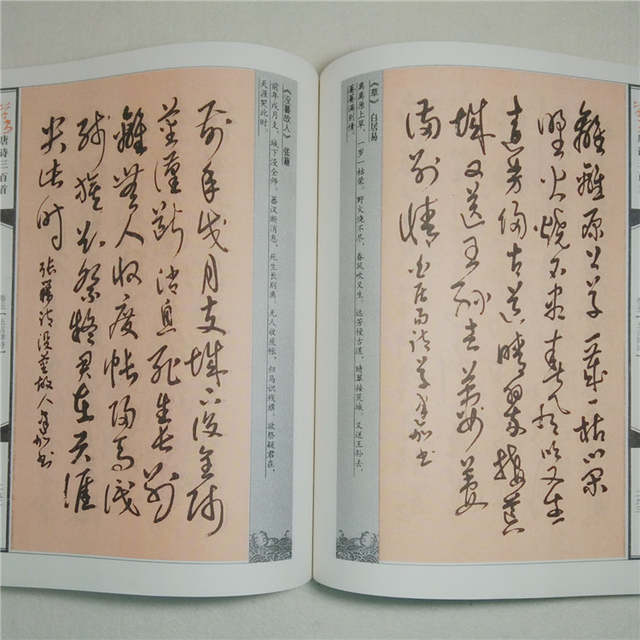Three Outstanding Calligraphers for Cursive Script in the Tang Dynasty: Romantic and Heroic
4 min readThe Four Masters of the early Tang dynasty mainly made achievement in regular ot. And Lu Jianzhi is the representative of semi-cursive script. In the pri and middle periods of the Tang dynasty, the “Three Outstanding Calligraphists for Cursive Script namely He Zhizhang, Zhang Xu and Huai Su, who had been the most innovative calligraphers with high time spirit, fully developed the romantic calligraphic style represented by cursive script. With their unremitting efforts, cursive script witnessed an unprecedented thriving in the history of calligraphy.

He Zhizhang (659744), courtesy name (zi) Jizhen (or Weimo as others believe) courtesy name (hao) Shichuang. He was the eighth child of his family, and therefore, was called “He Eight” by others. A native of Yong xing, Yuezhou (now Xiaoshan, in Zhejiang), he passed the imperial examination in the court in 695 and became the director of the Imperial Library in 725. In 744, resigned and became a Taoist priest in his hometown, where he constructed the Qianqiu Temple and lived there in seclusion until he died not long after. He Zhizhang was famous as a cursive scripter. Li Bai and Lu Xiang compared him to Wang Xizhi and Wang Xianzhi in their poems respectively. People paralleled hi cursive script with the stone from fallen star, crane drawn by Xu Ji and phoenix drawn by Lang Yuling, and called them four masterpieces in the Imperial Library.
However, few of his works survived through the centuries. Classic of Filial Piety the only cursive script remained for present people, displayed a flowing and luci style whose brushstrokes were intense and vehement. With thick and thin lines and clever arrangement of structures, he created an artistic world lingering between illusion and reality. His works were as smooth as stream, fully corresponding to his casual and unrestrained Romanticism Obviously, his cursive script introduced thed romantic ethos to the prime and mid-Tang dynasty. In addition, he was also skille in regular script Zhang Xu(birth and death year unknown), courtesy name Bogao, was native of Kunshan (now in Jiangsu). Standing out among the talented scholars, he indulged himself fully in the pleasure of life and drank to extremes. He usually wrote and shouted after drinking. He even soaked his own hair with ink to create a calligraphic work, and highly praised it when regained consciousness, hence he got the nickname “Crazy Zhang”. Zhang Xu had apprenticed to Wang Xizhi. Records showed that his mother was the grand-daughter of Yu Shinan, and was the niece of Lu Jianzhi, whose writing style ran in Zhang Xu’s blood.

Zhang enjoyed great fame in his day due to his great regular script and cursive script He had taken the place of the soft and slender characteristics of former calligraphy with his peculiar wildness, thus bringing the romantic character of Chinese calligraphy to an unrestrained stage and maki himself a great innovator of vator of the golden and middle age of Tang dynasty. Calligraphers as Huai Su assumed touch of his writing style. In addition, he wel exhibited the subtleness and vigor of regular style, which posted great influence on Yan Zhenqing. His regular script calligraphy Preface for Langguan Stele, cursive script calligraphy Four Ancient Poems and rubbing book For Stomachache were masterpieces until today. Huai Su (737799), courtesy name (zi) Cangzhen, was a native of Lingling in Yongzhou (now Changsha in Hunan). He had the family name Qian before he became a young monk because of poverty. It was said that he was the disciple of Master Xuanzang. And he devoted his whole heart to writing and calligraphy, especially cursive script. Huai Su had learned calligraphy first from Ouyang Xun, then from Zhang Xu, and finally formed his own calligraphy. His script revealed light in thick ink, moist in dry strokes.
One can see the order of nature in his diversified calligraphy Calligraphy was a way to outpour all his emotions which had strong convulsion. He was really accomplished in the art because his cursive script, which was supernaturally great, had its root in nature. His works left to today include rubbing books for Self-introduction, Hidden Truth, Bitter Bamboo Shoot, Eating Fish and Thousand-Character Classic in Small Cursive Script. Huai Su, after Zhang Xu, was another innovative calligrapher who was famous for his cursive script with unique ways of brush using. Just like Zhang, Huai Su liked to practice calligraphy after drinking and weave his viewpoint and sensibility into the dancing strokes of cursive script. Though it was irrational, his cursive script discarded the traditional style and was innovative to the core.









